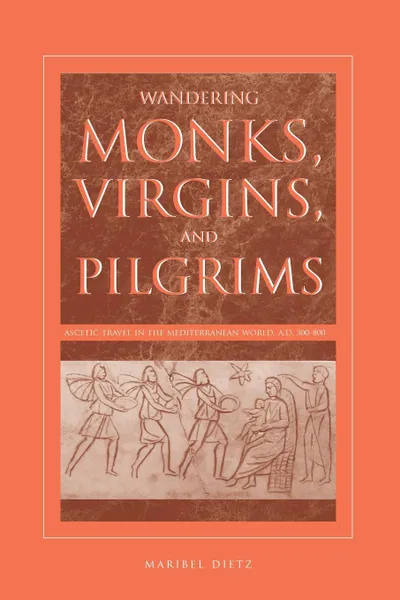Wandering Monks, Virgins, and Pilgrims. Ascetic Travel in the Mediterranean World, A.D. 300-800 12+
📓 Religious travelers were a common sight in the Mediterranean world during Late Antiquity and the early Middle Ages. In fact, as Maribel Dietz finds in Wandering Monks, Virgins, and Pilgrims, this formative period in the history of Christianity witnessed an explosion of travel, as both men and women took to the roads, seeking spiritual meaning in a life of itinerancy.Much of this early Christian religious travel was not focused on a particular holy place, as in the pilgrimage of later centuries to Rome, Jerusalem, and Santiago de Compostela. Rather, the inspiration was more practical. Travel was a way of escaping hostility or social pressures or of visiting living and dead holy people. It was also a means of religious expression of homelessness and temporary exile. The wandering lifestyle mirrored an interior journey, an imitation of Christ and a commitment to the Christian ideal that an individual is only temporarily on this earth.Women were especially attracted to religious travel. In the centuries before the widespread cloistering of women, a life of itinerancy offered an alternative to marriage and a religious vocation in a society that excluded women from positions of spiritual leadership.Eventually, ascetic travel gave way to full-fledged pilgrimage. Dietz explores how and why religious travel and monasticism diverged and altered so greatly. She examines the importance of the Cluniac reform movement and the creation of the pilgrimage center of Santiago de Compostela in t...
Мнения
